Home>Interior Design>How To Unclog A Shower Drain: Five Ways To Deal With Blockages
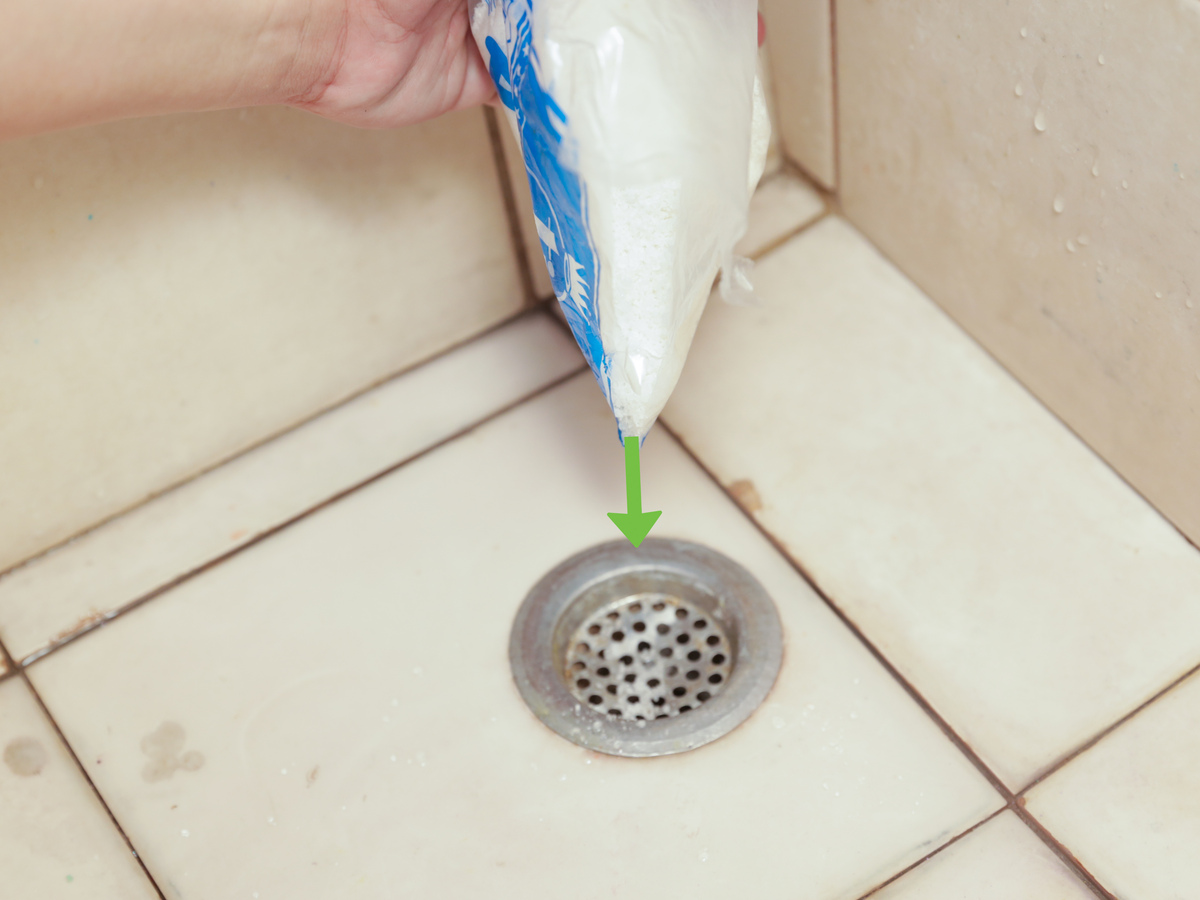

Interior Design
How To Unclog A Shower Drain: Five Ways To Deal With Blockages
Modified: January 8, 2024
Learn how to unclog a shower drain with these five effective methods. Say goodbye to blockages and enjoy a hassle-free shower experience.
(Many of the links in this article redirect to a specific reviewed product. Your purchase of these products through affiliate links helps to generate commission for Storables.com, at no extra cost. Learn more)
Introduction
Key Takeaways:
- Keep your shower drain clear by using simple and effective methods like plunging, pouring boiling water, and using baking soda and vinegar. Regular maintenance can prevent future clogs and ensure a hassle-free shower experience.
- When dealing with stubborn clogs, consider using a plumbing snake or commercial drain cleaners as a last resort. Remember to prioritize safety and seek professional help for severe blockages to avoid damaging your plumbing system.
Read more: How To Unclog A Shower Drain
Method 1: Use a Plunger
Using a plunger is one of the most common and effective ways to unclog a shower drain. Here’s how you can do it:
- Make sure there is enough standing water in the shower to cover the rubber cup of the plunger.
- Place the plunger over the drain, ensuring a tight seal.
- Push and pull the plunger vigorously, creating suction and pressure to dislodge the clog.
- Repeat this action several times until you feel the water starting to drain.
- Remove the plunger and test the drain by running water to see if it is now flowing freely.
If the plunger doesn’t work on the first try, you can try repeating the process or move on to other methods.
Remember to use a plunger specifically designed for sinks and showers, as it will have a flat rubber cup that provides better suction and is less likely to damage the drain pipe.
Method 2: Pour Boiling Water Down the Drain
Pouring boiling water down the drain is a simple yet effective method to unclog a shower drain. Here’s how you can do it:
- Boil a kettle or pot of water.
- Slowly pour the boiling water down the drain in two to three stages, allowing time for each pour to take effect. Be careful not to splash yourself with the hot water.
- After each pour, wait for a few seconds to see if the water starts to drain. If it doesn’t, move on to the next step.
- Repeat the process until the water starts to drain freely.
Boiling water can help break down and dissolve soap scum, hair, and other organic materials that may be causing the blockage. It is important to note that this method should only be used for metal or PVC pipes. Avoid using boiling water if you have older or brittle pipes, as they may be more prone to damage.
If pouring boiling water doesn’t completely clear the clog, you can try combining it with other methods for better results.
Method 3: Clean the Drain With Baking Soda and Vinegar
Using a combination of baking soda and vinegar is a natural and chemical-free method to unclog a shower drain. Here’s how you can do it:
- Begin by pouring a pot of boiling water down the drain to remove any loose debris.
- Next, pour about 1/2 cup of baking soda directly into the drain.
- After that, pour 1/2 cup of vinegar into the drain.
- Quickly cover the drain with a plug or a cloth to prevent the fizzing mixture from escaping.
- Leave the mixture to work its magic for about 30 minutes.
- Finally, flush the drain with hot water to rinse away the remaining residue.
The combination of baking soda and vinegar creates a chemical reaction that helps break down and dissolve the blockage. The fizzing action helps to dislodge hair, soap scum, and other debris that may be causing the clog.
It’s worth noting that this method may not completely clear stubborn or severe clogs. In such cases, a plunger or a plumbing snake may be required.
Use a mixture of baking soda and vinegar to break down clogs in your shower drain. Pour the baking soda down the drain, followed by the vinegar, then flush with hot water. This natural solution can help to unclog the drain without the need for harsh chemicals.
Method 4: Remove the Clog Using a Plumbing Snake
When other methods fail to unclog your shower drain, using a plumbing snake, also known as a drain auger, can be an effective solution. Here’s how you can use a plumbing snake:
- First, remove the drain cover or stopper to access the drainpipe.
- Insert the pointed end of the plumbing snake into the drain.
- Gently push the snake further into the drain while turning the handle clockwise. This motion will help to break apart and dislodge the clog.
- Continue advancing the plumbing snake until you encounter resistance or feel like you’ve reached the clog.
- Once you reach the clog, slowly twist and push the plumbing snake to help break it apart and clear the blockage.
- Retract the plumbing snake from the drain, making sure it doesn’t catch on any debris.
- Finally, run hot water down the drain to flush away any remaining residue.
A plumbing snake is a flexible tool that allows you to reach deeper into the drainpipe, making it effective at removing stubborn clogs caused by hair or other debris. However, it’s important to be cautious when using a plumbing snake to prevent any damage to the pipes.
If you’re unsure about using a plumbing snake or if the clog persists, it’s recommended to seek the assistance of a professional plumber to avoid further complications.
Method 5: Use Commercial Drain Cleaners
When all else fails, using commercial drain cleaners can be an option to consider. Here’s how you can use them:
- Read and follow the instructions provided by the manufacturer of the drain cleaner.
- Wear gloves and protective eyewear to avoid any contact with the chemicals.
- Pour the recommended amount of drain cleaner into the shower drain.
- Allow the drain cleaner to sit and work on the clog for the specified amount of time.
- Flush the drain with hot water to remove any residue and check if the clog has cleared.
Commercial drain cleaners are formulated with powerful chemicals that can break apart and dissolve stubborn clogs, including hair, soap scum, and other debris. However, it’s important to use them carefully and follow the manufacturer’s instructions to ensure your safety and avoid any damage to your plumbing system.
It’s worth noting that the use of commercial drain cleaners should be a last resort, as they contain harsh chemicals that can be harmful to both you and the environment. If you have tried other methods or are not comfortable using drain cleaners, it’s best to seek professional help.
Remember to store any unused drain cleaners in a safe place, away from children and pets.
Conclusion
Dealing with a clogged shower drain can be a frustrating experience, but with the right methods, you can effectively unclog it on your own. Remember to try these methods in the order presented, starting with the simplest and least invasive options, and progressing to more advanced techniques if necessary.
Using a plunger, pouring boiling water, cleaning with baking soda and vinegar, using a plumbing snake, or utilizing commercial drain cleaners are all viable options to tackle shower drain blockages. However, it’s important to consider the severity of the clog and the type of pipes you have before attempting any method.
While these methods can often solve minor to moderate clogs, persistent or severe blockages may require the expertise of a professional plumber to avoid causing further damage to your plumbing system.
Remember to also practice good drain maintenance habits to prevent future clogs. Avoid allowing hair, soap residue, and other debris from entering the drain by using a drain cover or trap. Additionally, regular cleaning and periodic maintenance can help keep your shower drain running smoothly.
By following these tips and methods, you can effectively maintain a clear and functioning shower drain, ensuring a pleasant and hassle-free showering experience.
Frequently Asked Questions about How To Unclog A Shower Drain: Five Ways To Deal With Blockages
Was this page helpful?
At Storables.com, we guarantee accurate and reliable information. Our content, validated by Expert Board Contributors, is crafted following stringent Editorial Policies. We're committed to providing you with well-researched, expert-backed insights for all your informational needs.
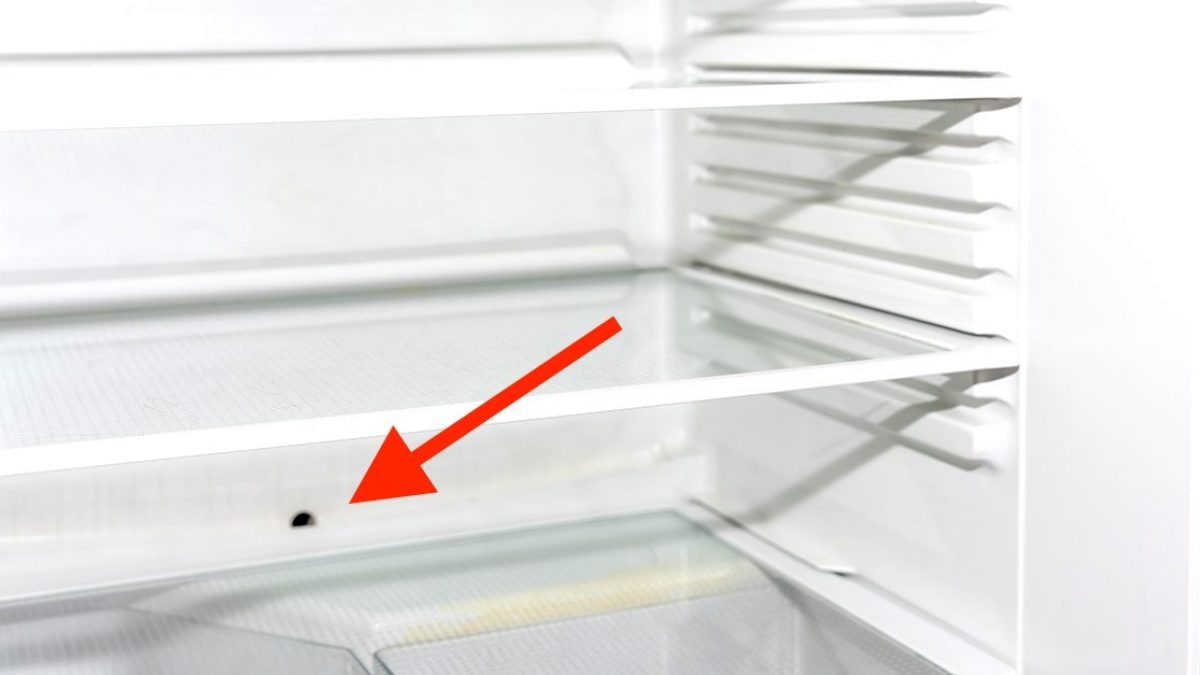
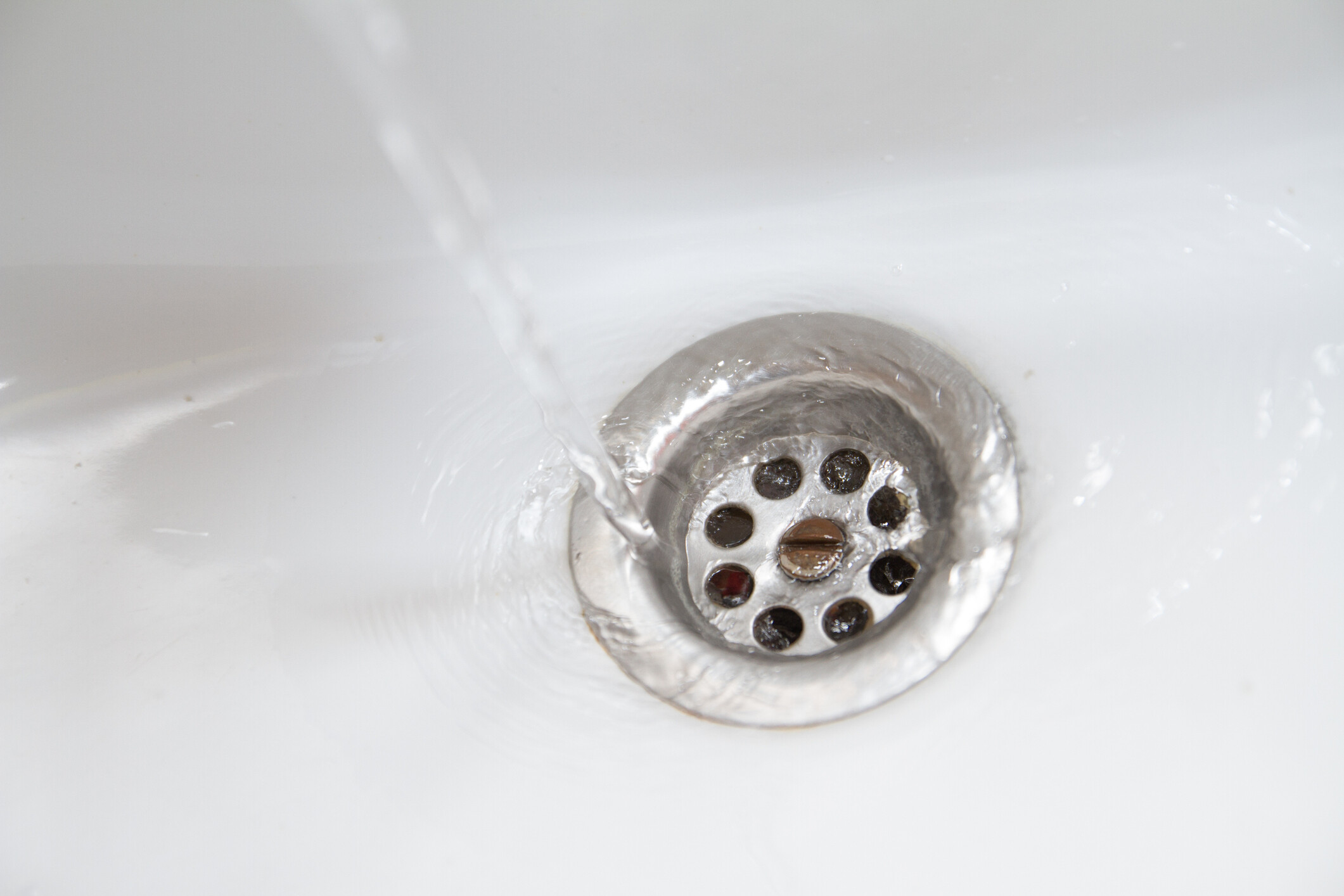
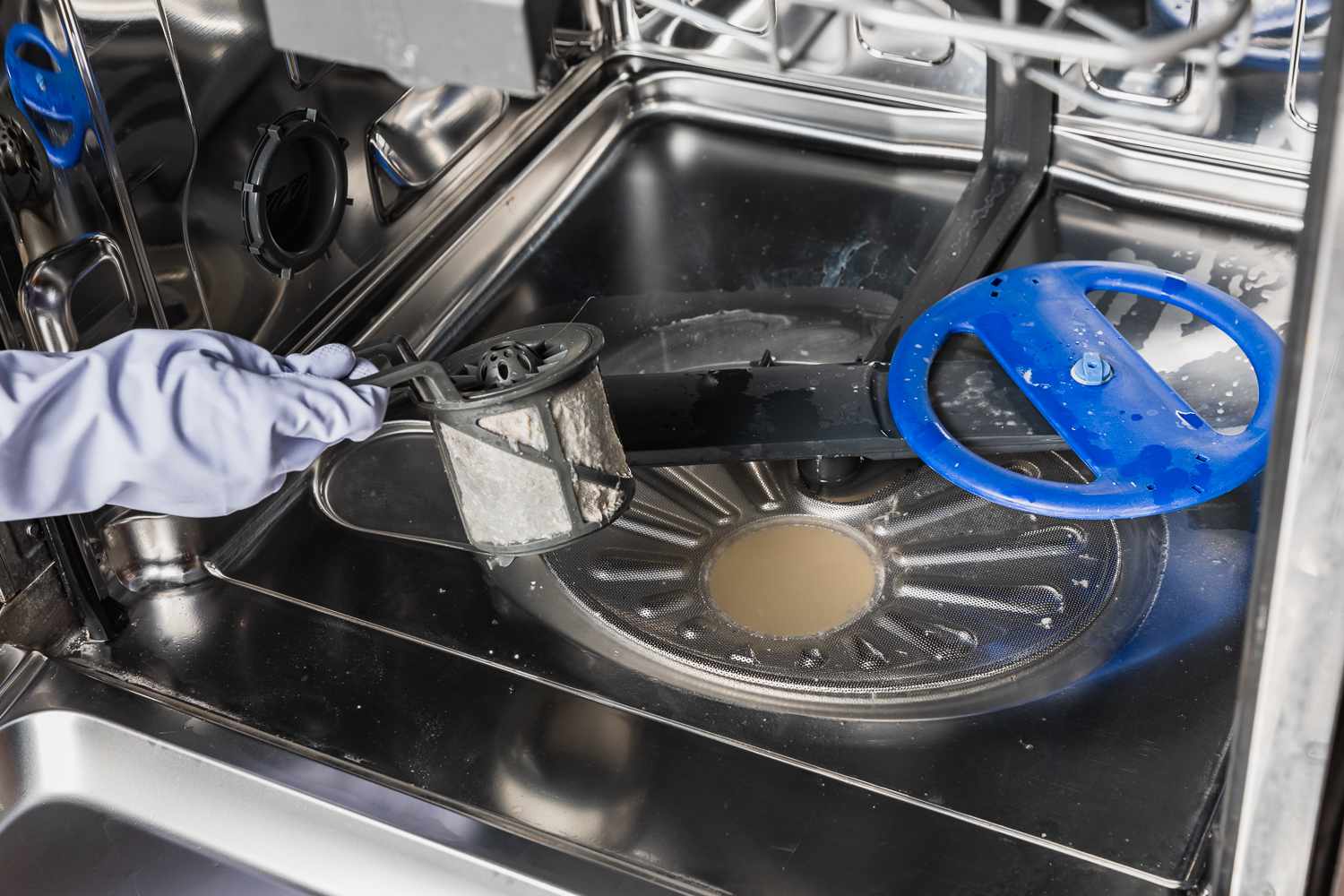
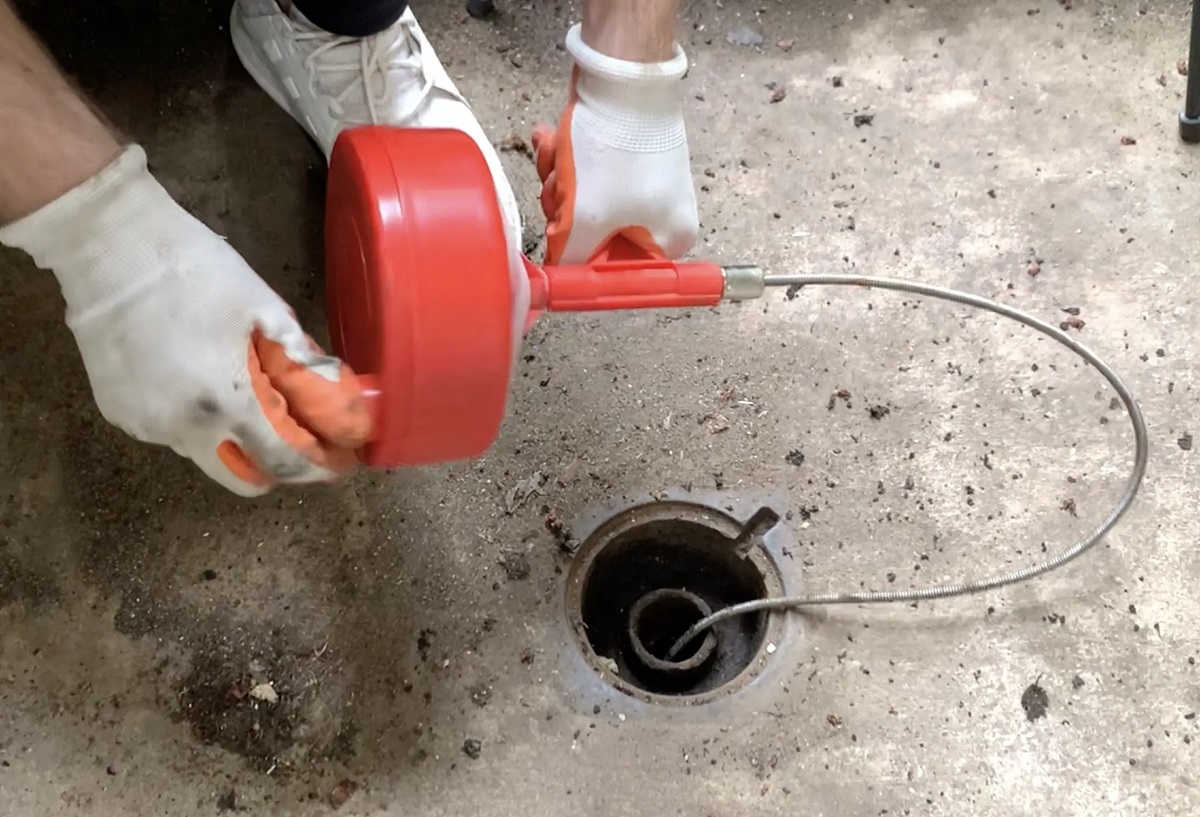

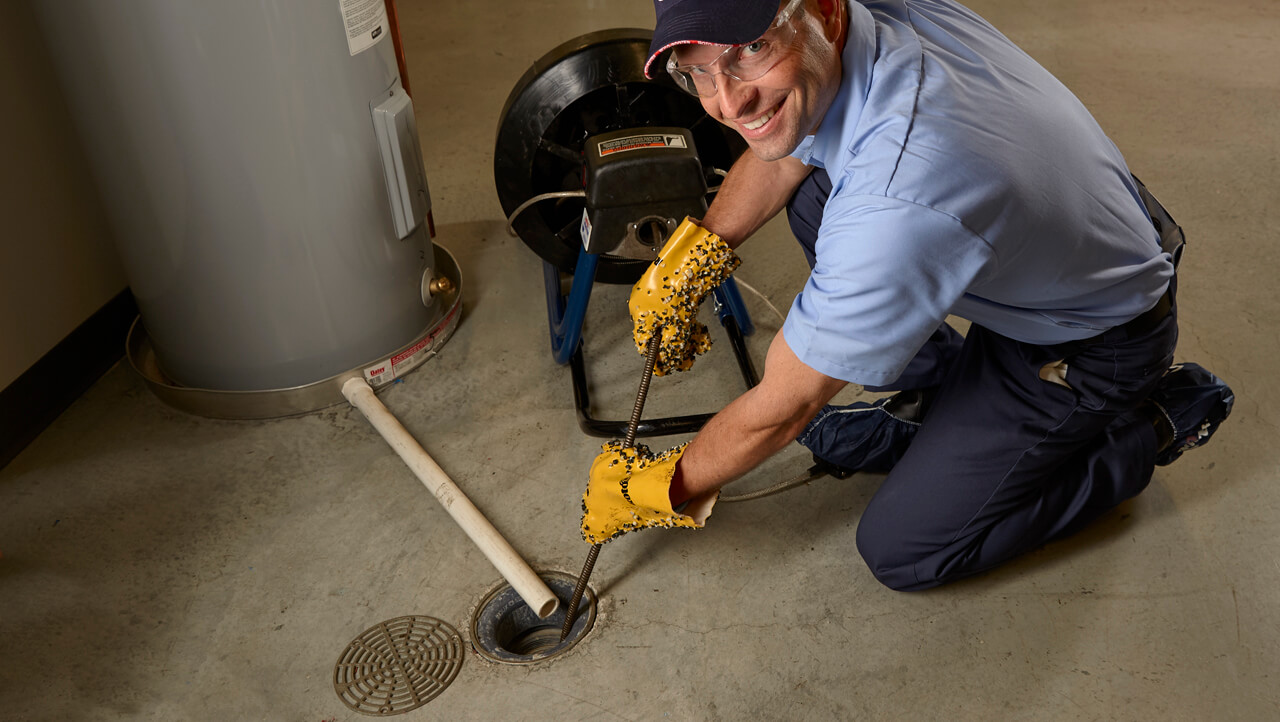
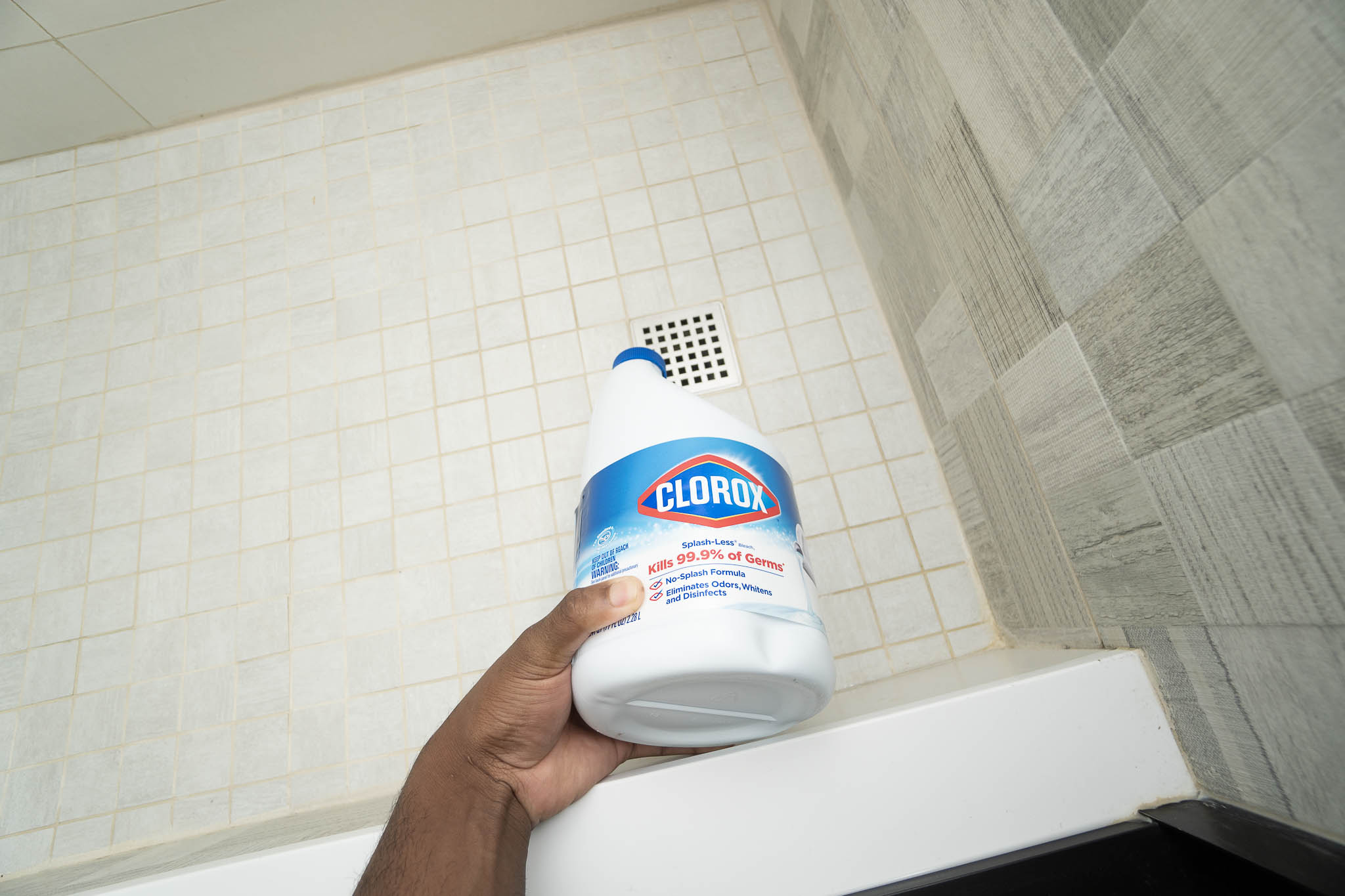
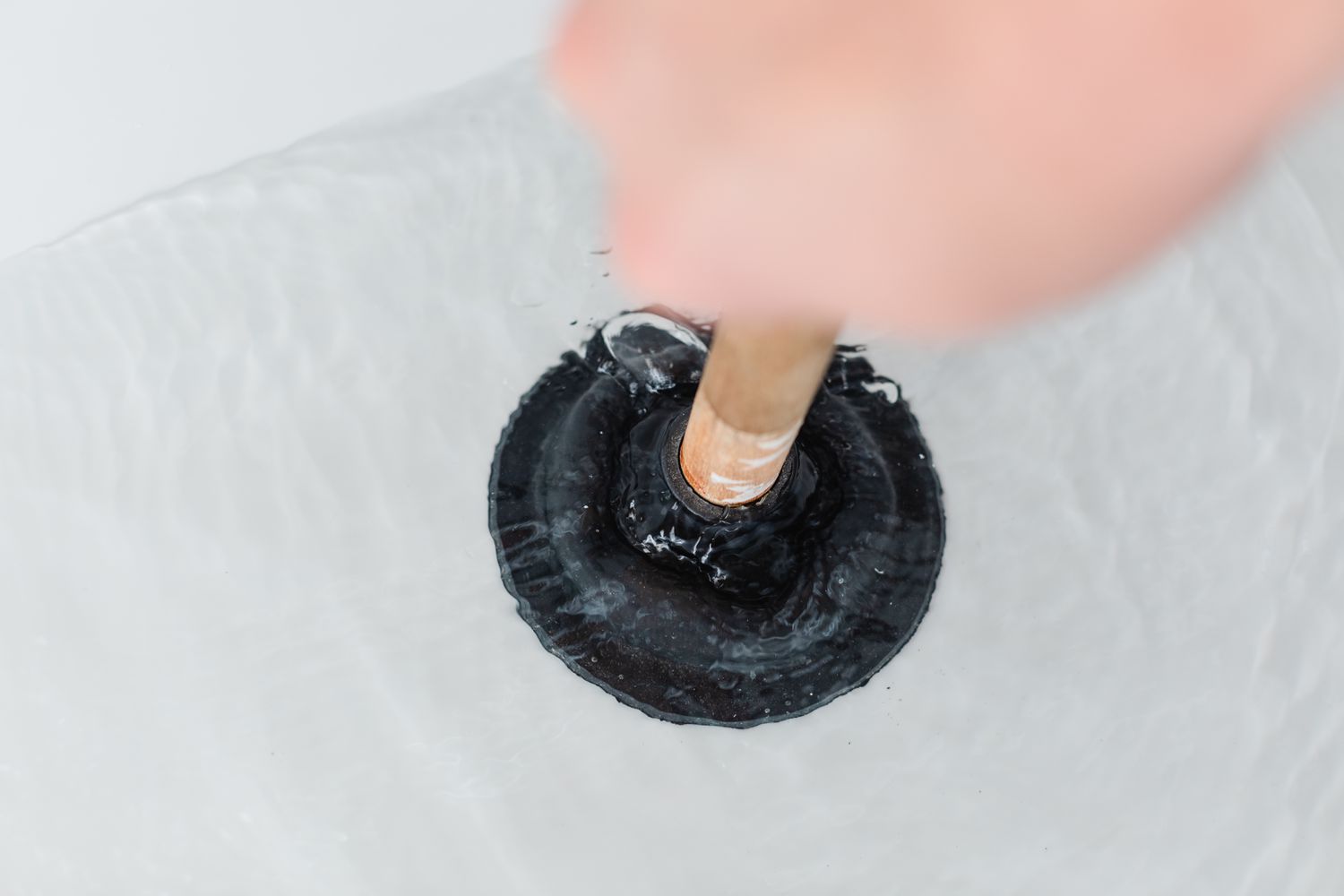
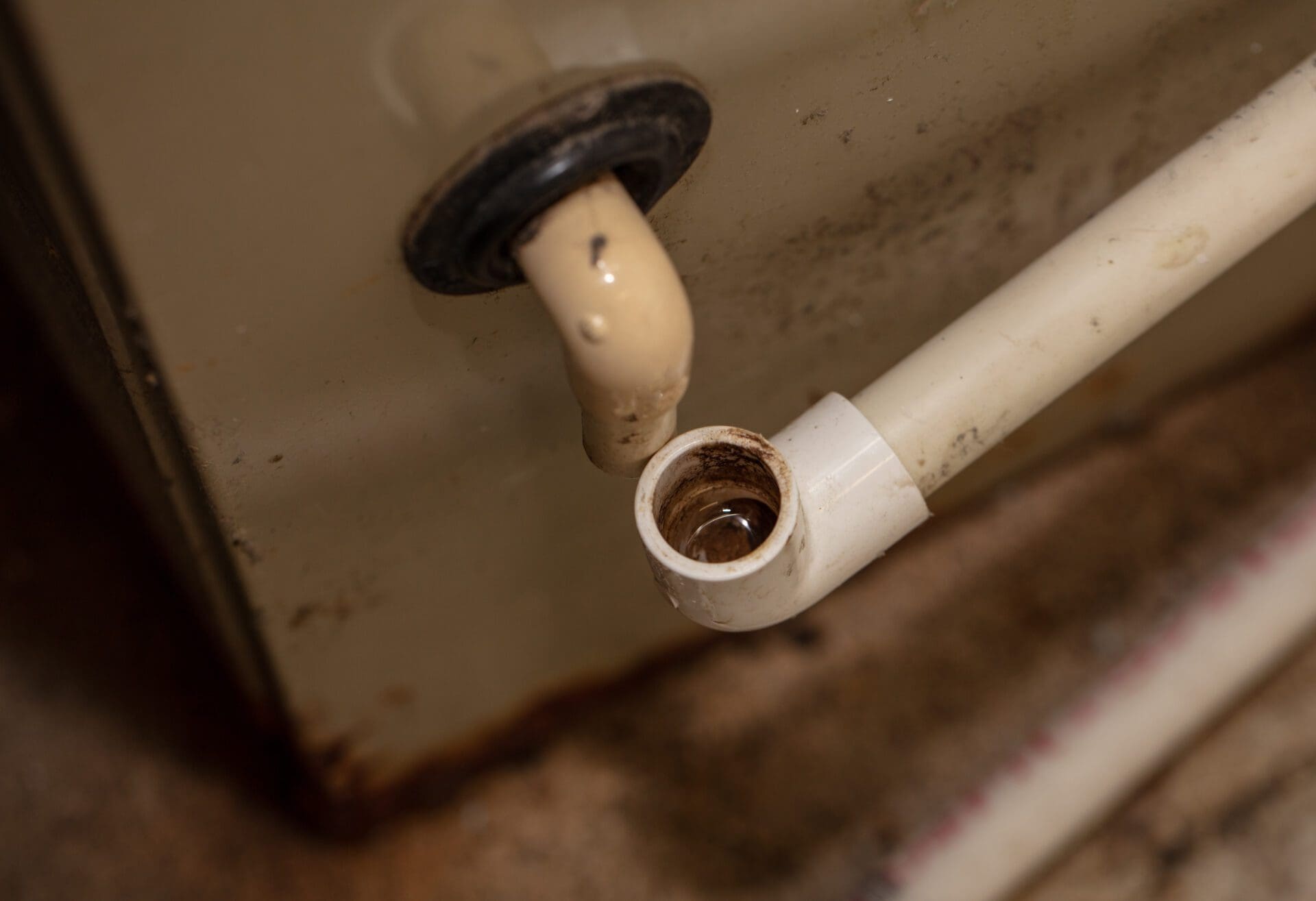
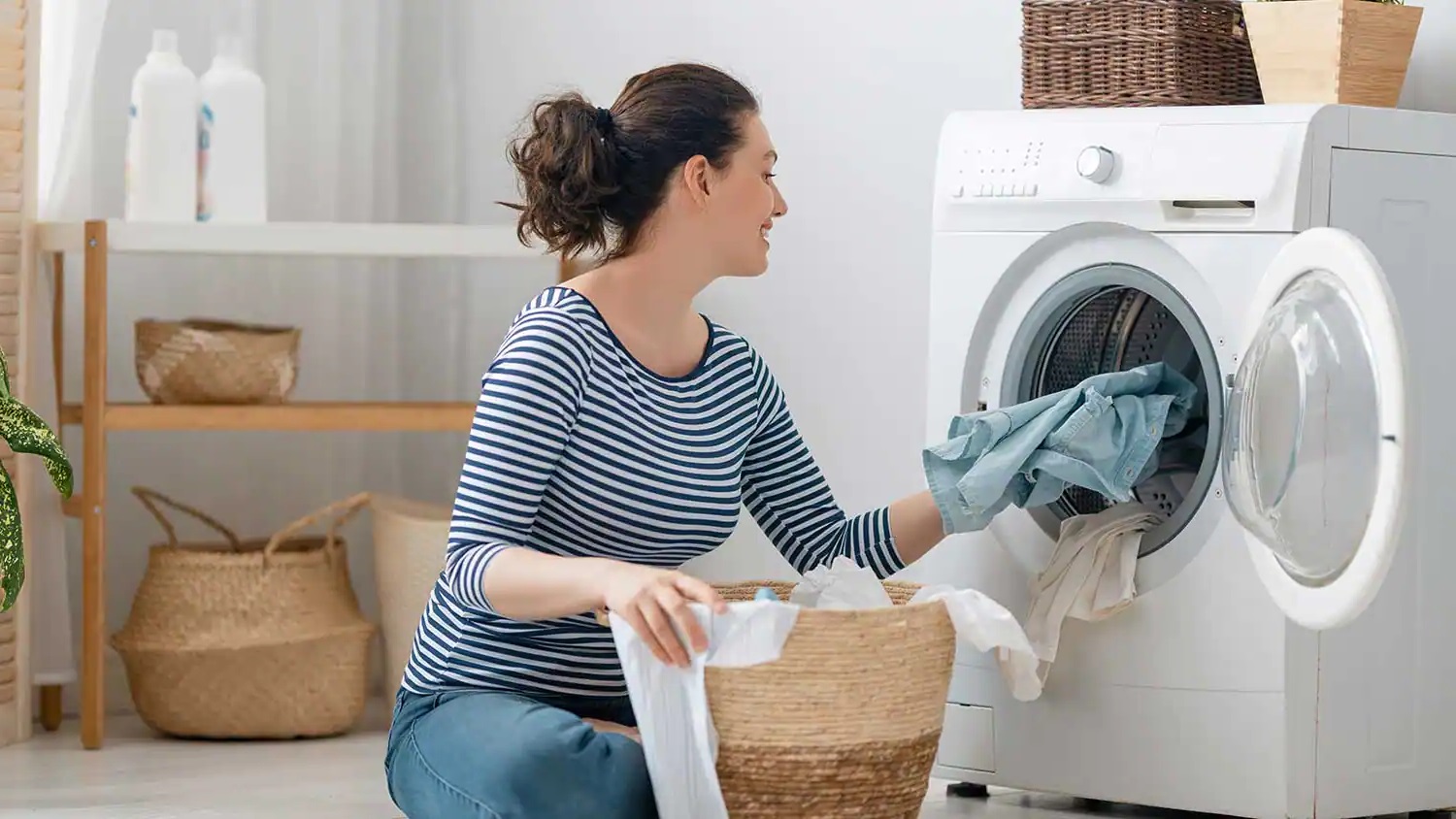
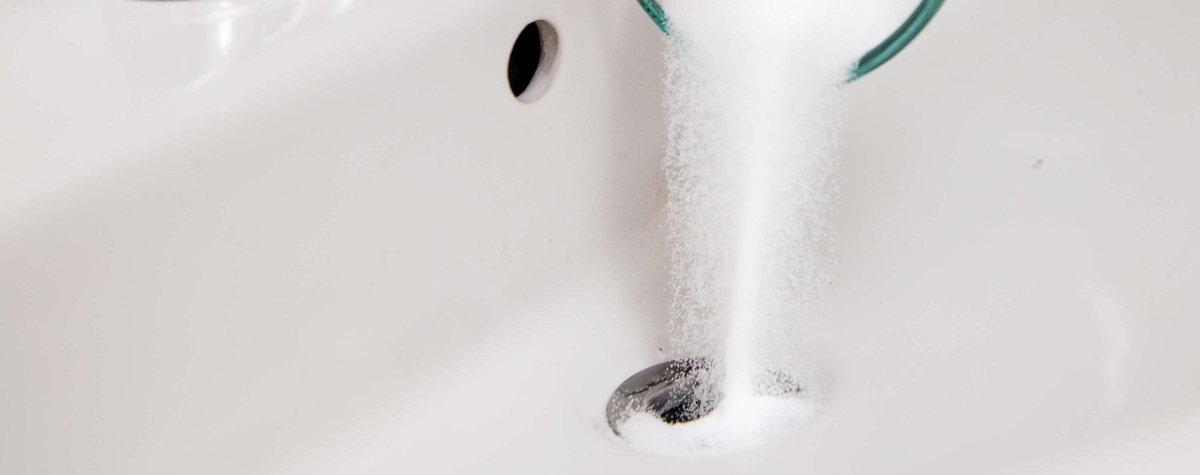
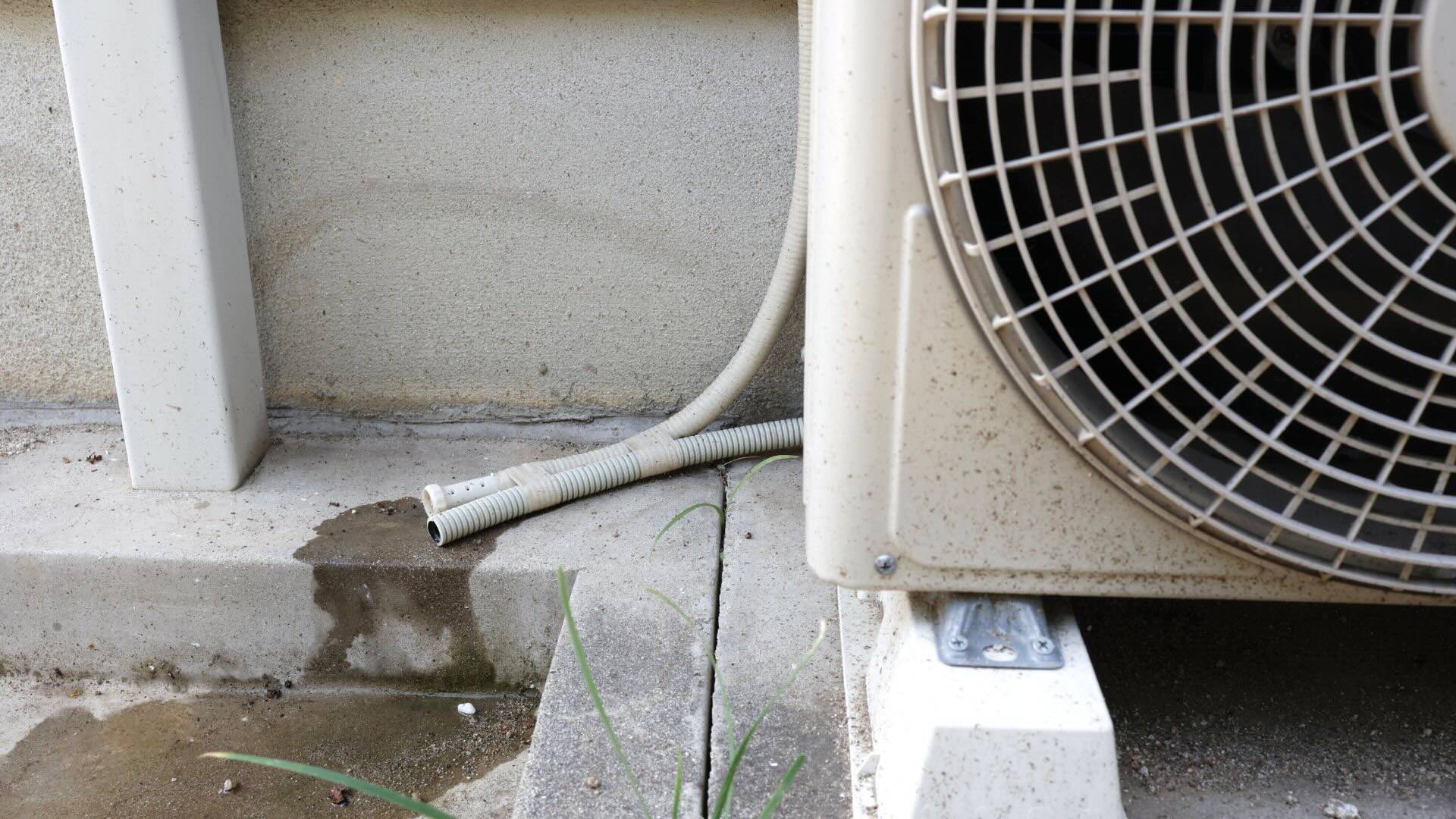
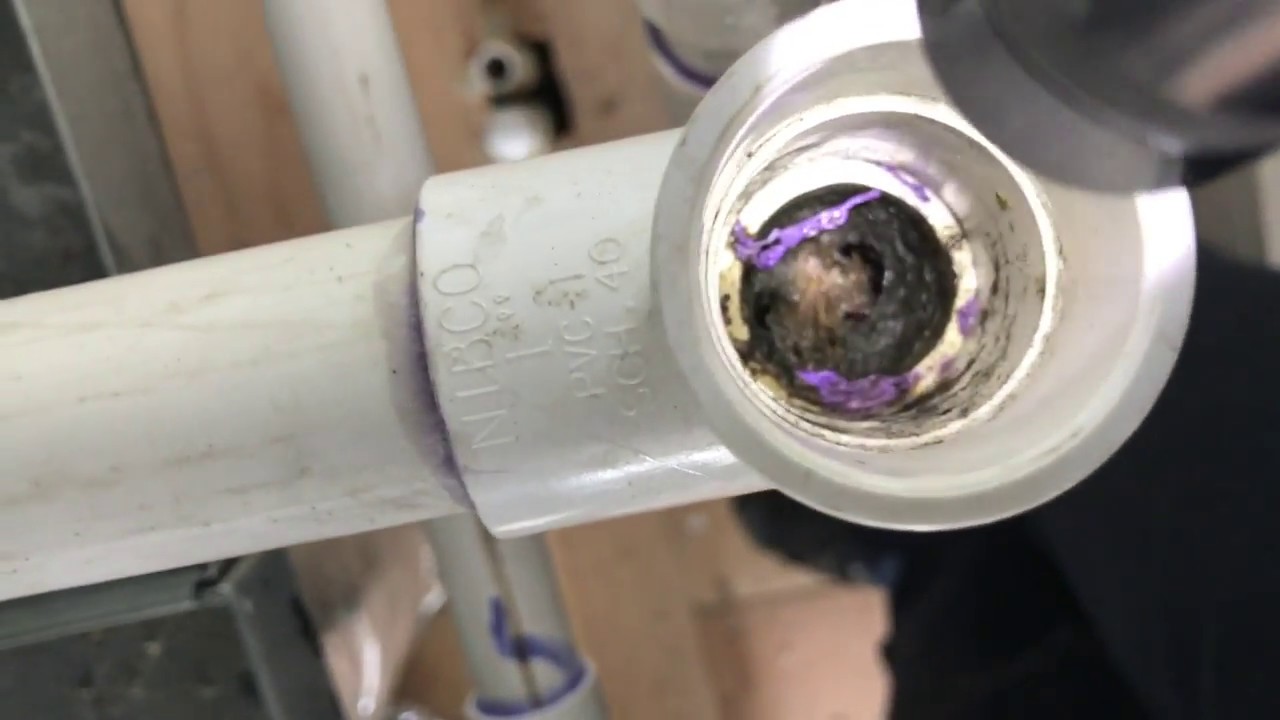
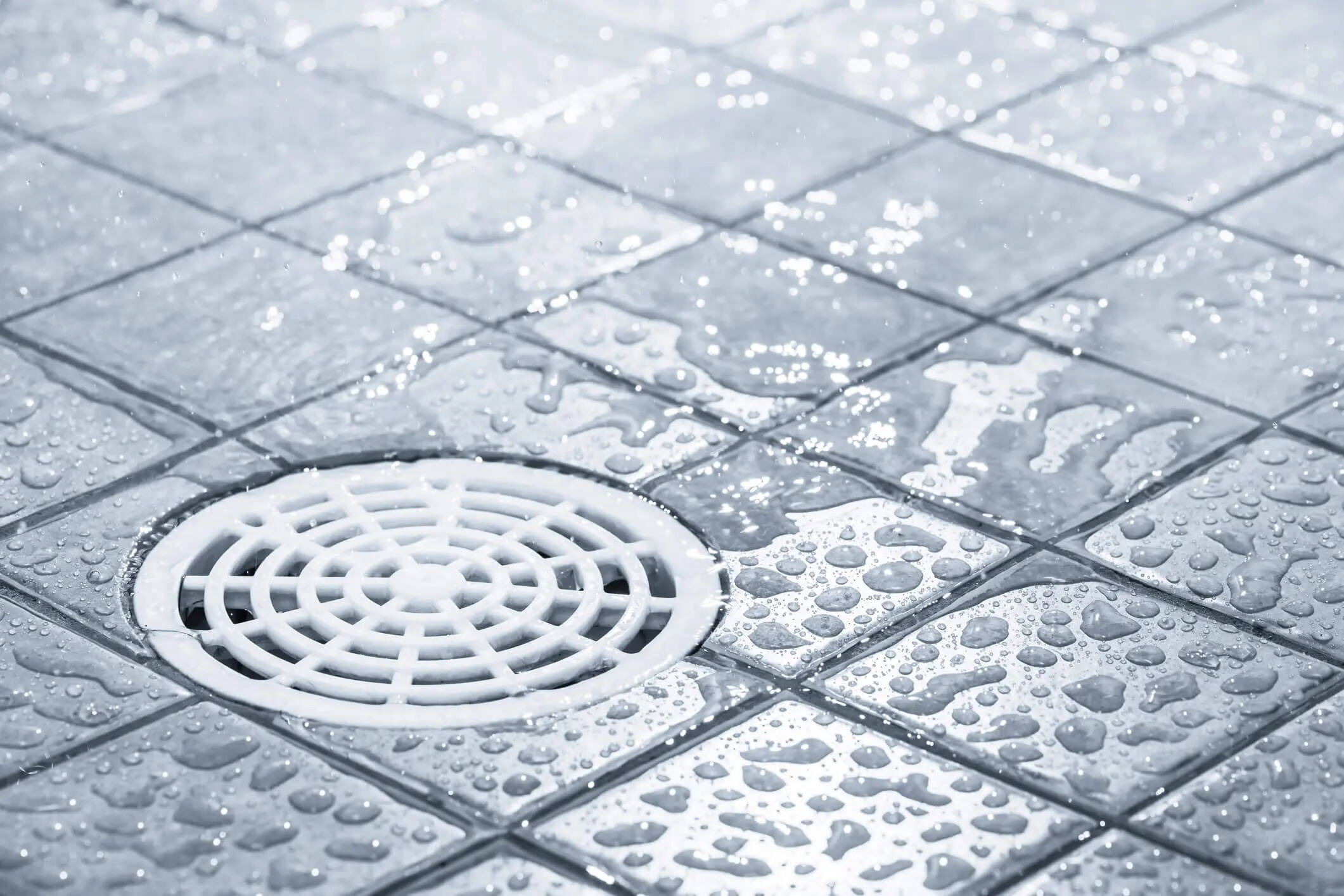

0 thoughts on “How To Unclog A Shower Drain: Five Ways To Deal With Blockages”